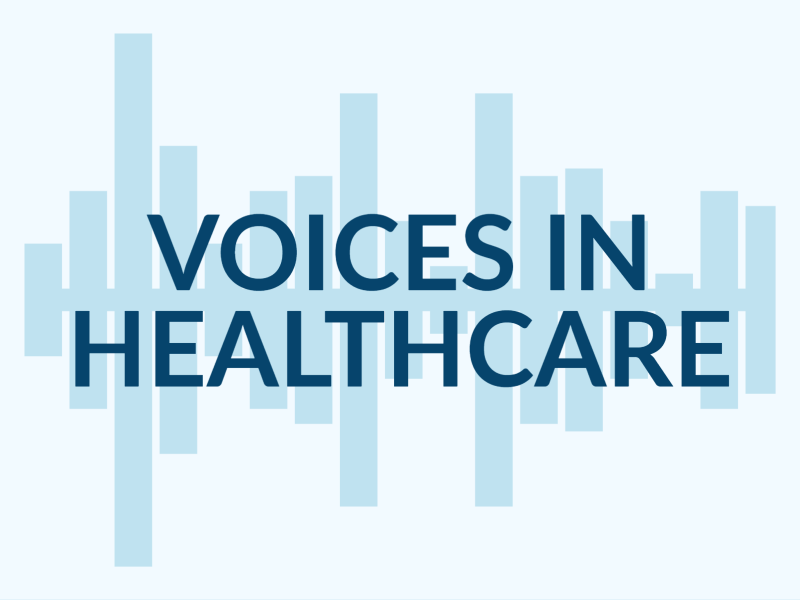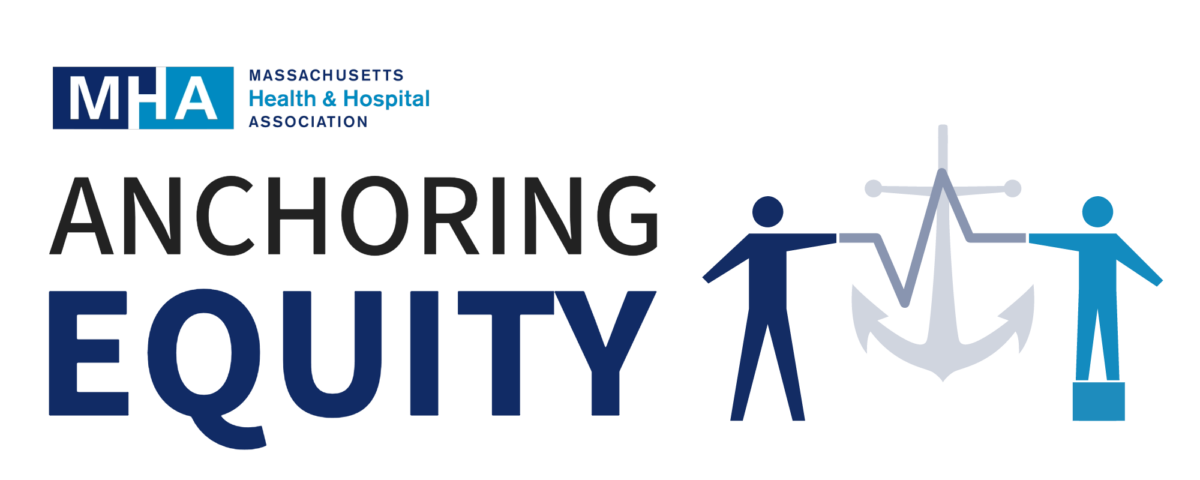ANCHORING EQUITY: How Baystate Health is Cultivating Collaboration


MHA’s Anchoring Equity blog series profiles the work of our members and partners as they work to advance health equity, diversity, and inclusion in their organizations and in their communities.
“Culture may eat strategy for lunch, but relationships eat culture for breakfast…it’s those personal connections, the individual and team/group relationships, that ultimately support the shared belief system we call culture. Successful strategies rely heavily on culture and relationships that foster a sense of belonging.”
– Jeffrey Salvon-Harman, Institute for Healthcare Improvement

Authors:
Dr. Tyonne D. Hinson
Senior Vice President & Chief Diversity, Equity, and Inclusion Officer, Office of Diversity, Equity, and Inclusion, Baystate Health
Dr. Kendall LaSane
Senior Director, Office of Diversity, Equity, and Inclusion
The Baystate Mission
At Baystate Health (BH), we are a clinician-driven, physician-led system with a mission to improve the health of people in our communities every day with quality and compassion. Our approach is both outcome and impact-driven and aims to promote the equity, dignity, and respect of our patients, families, caregivers, and broader communities located throughout urban, suburban, and rural regions in Western Massachusetts. In our everyday work, we aim to support our staff and leaders bringing to life our mission through integrated and unifying initiatives that inspire the relational aspects of diversity, equity, and inclusion (DEI), by using data-based decision-making, urgency, and accountability.
In Massachusetts, meeting the requirements of the 1115 waiver also means amplifying and leveraging the best components from the fields of health equity and quality. In practice, this means embedding relationships into the infrastructure in each hospital and within our learning system. To help us meet the requirements, we are using a quality improvement learning collaborative model and health equity impact assessment framework to strengthen partnerships between the four hospitals in our system and their patients, communities, and our workforce to make measurable, equitable improvements in clinical health outcomes.
Leveraging the System
The use of coordinated approaches across a health system that leverages collaborative learning using equity-centered performance improvement tools (e.g., Health Equity Impact Assessments) to advance equity is nascent. Equity tools are foundational for equitable, sustainable performance improvement and will empower patients and communities most impacted through the decision to include them in the process from the outset – enabling equitably co-designed systems and care outcomes.
To achieve this, we use learning collaborative sessions, bringing together staff and leaders from quality/performance improvement, DEI, nursing, social work/case management, patient care services, and clinical departments. To build our hospital teams’ capability in performance improvement that addresses health disparities in clinical care, the BH learning collaborative provides our hospitals with short-term (12-month) support, including peer-to-peer learning and professional development. Participants (clinical and non-clinical staff) attend virtual and in-person meetings, share data quarterly, and test equity-driven interventions using Plan-Do-Check-Act cycles. In addition, the learning collaborative uses established performance improvement tools (e.g., driver diagrams, change management) in tandem with equity tools (Health Equity Impact Assessments) to embed equity within the system for long-term sustainable change.
Building Relationships to Measure Equity Impacts
The structure of Health Equity Impact Assessments (HEIAs) provides a framework to mitigate the potential for widening disparity gaps. The tool is a systematic way for staff and leaders to measure equitable impacts and provides an organized mechanism for embedding into improvement projects bi-directional engagement with communities directly affected. This occurs through 1) including them from the beginning, 2) incorporating their needs into the design, and 3) engineering long-term engagement for sustainability.
The community engagement process embedded in the HEIA design has the potential to strengthen Baystate’s collaboration with Western Massachusetts partners and communities in the future. We believe doing so will generate more tailored, cost-effective quality improvement interventions that have direct impact on advancing health equity. We know that HEIAs must be accompanied simultaneously with transformational strategies, including creating a sense of urgency, establishing a bias towards collective action, and building alignment with organizational mission and values to achieve health equity. This work is now part of our enterprise’s DEI journey, and we are enthusiastic about our future.
Looking Toward the Future
It is our belief that our learning collaborative will facilitate a systematic, integrated approach across our enterprise focused on equitable, high-quality, and safe care. It is exciting to provide the space for our hospital teams to collaborate on their health equity strategic plan goals to address quality of care differences and disparities in health outcomes for patients receiving care within their distinct Baystate Health service regions. We also are committed to incorporating HEIAs into our standard practice in hopes of continuing to advance our enterprise’s improvement approaches in addressing all disparities in healthcare, while creating sustained, coordinated actions with communities that are most impacted.

 Massachusetts Health & Hospital Association
Massachusetts Health & Hospital Association